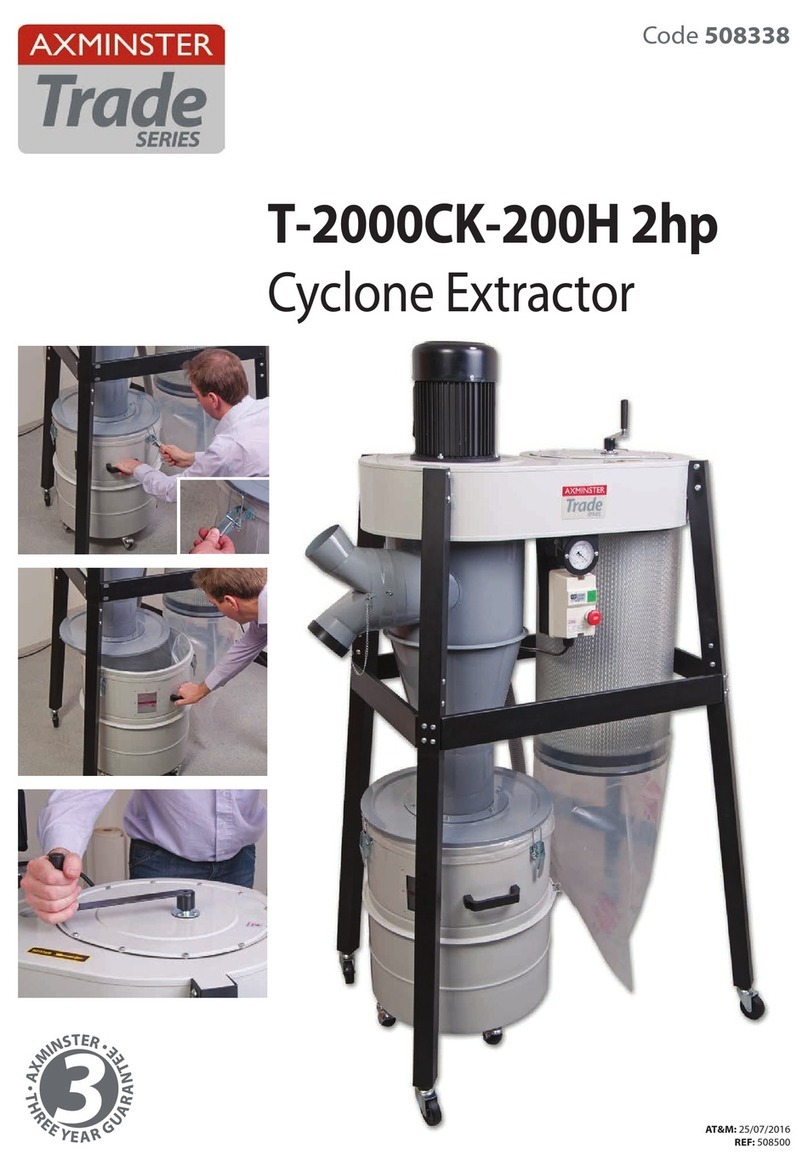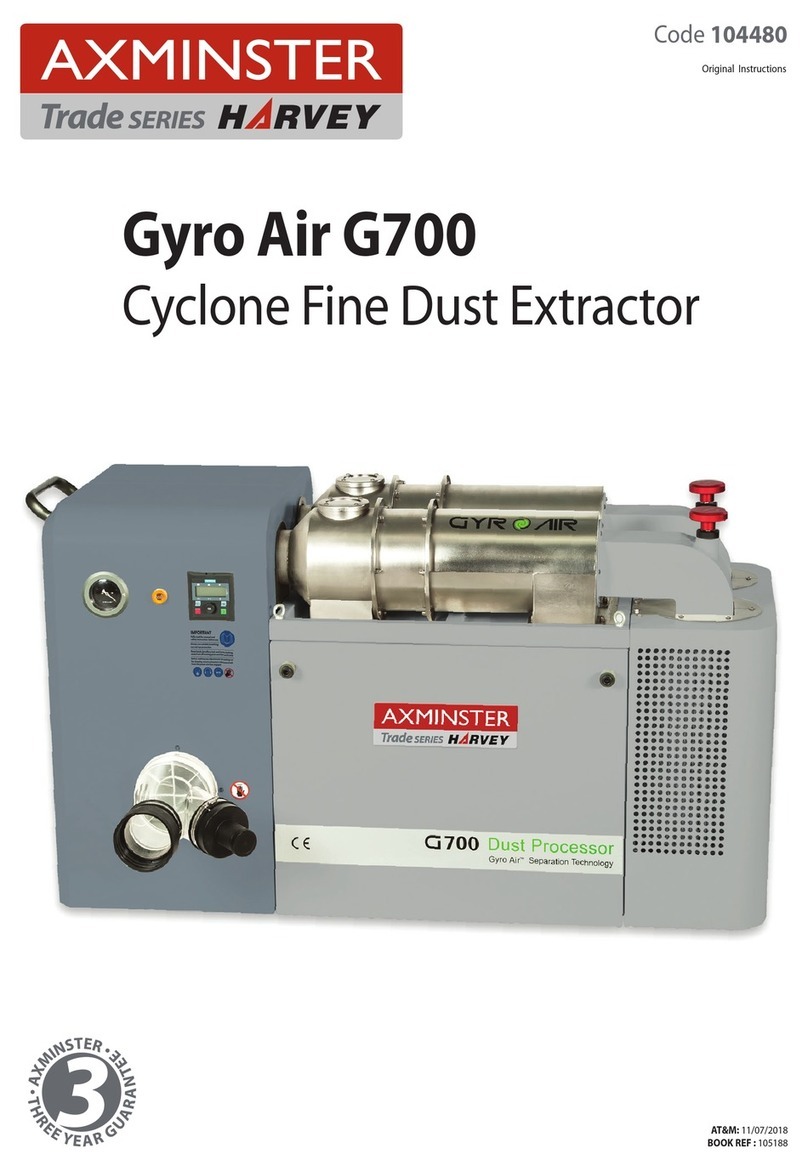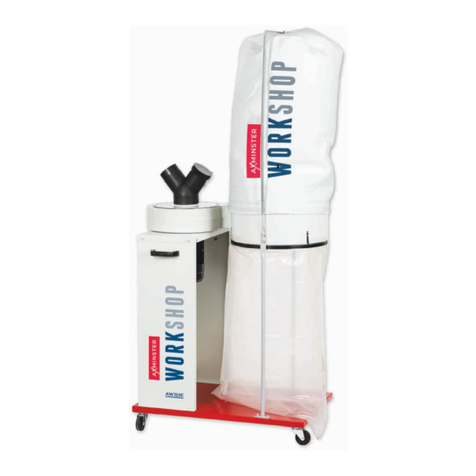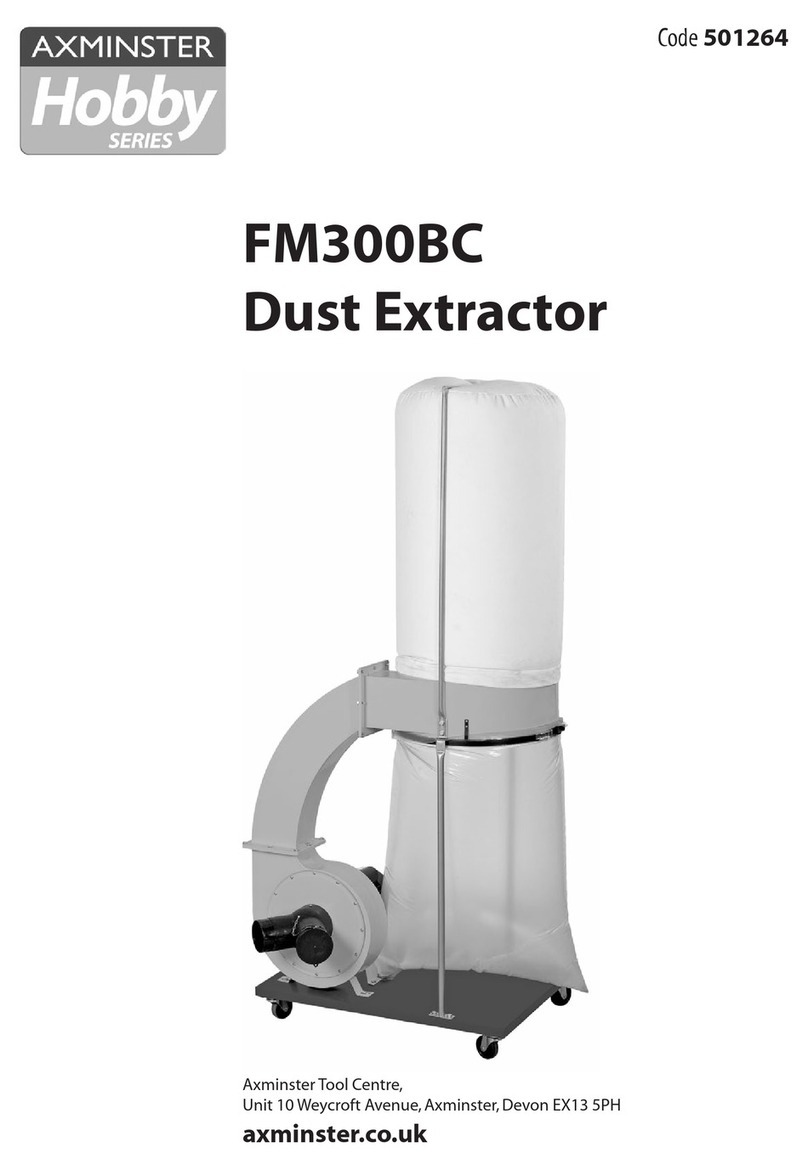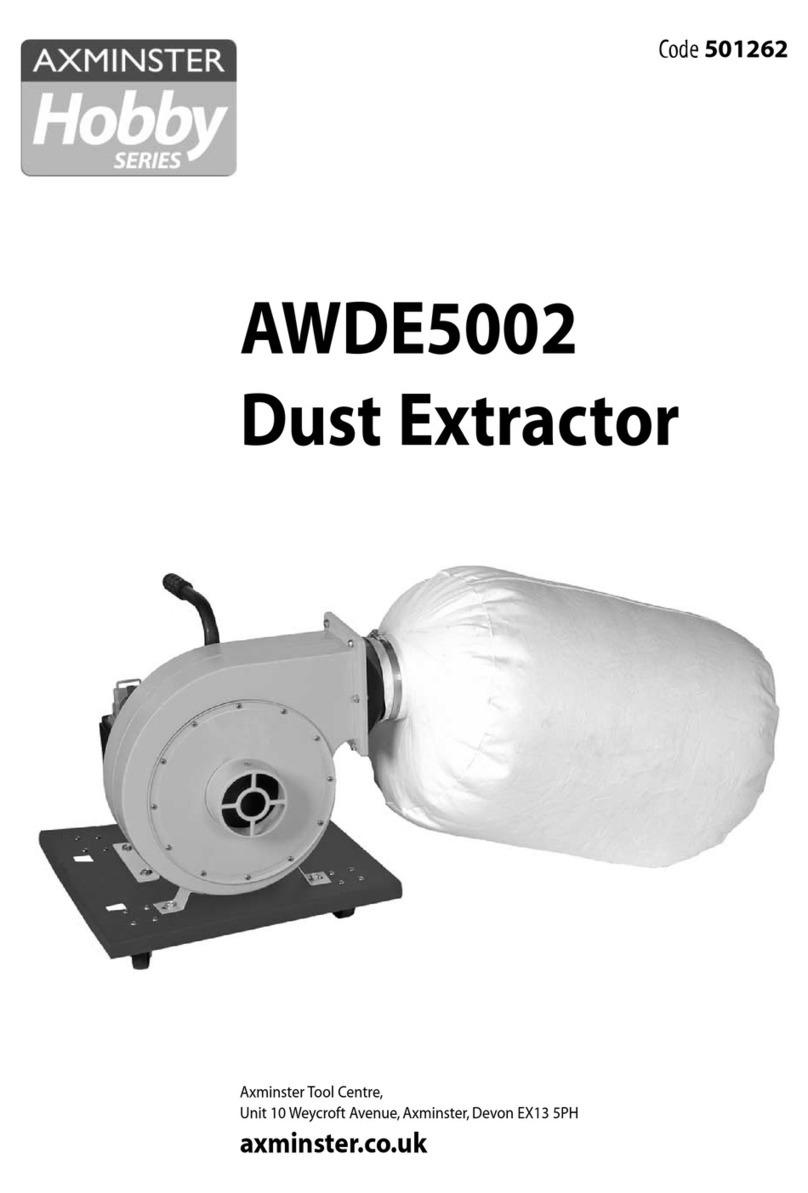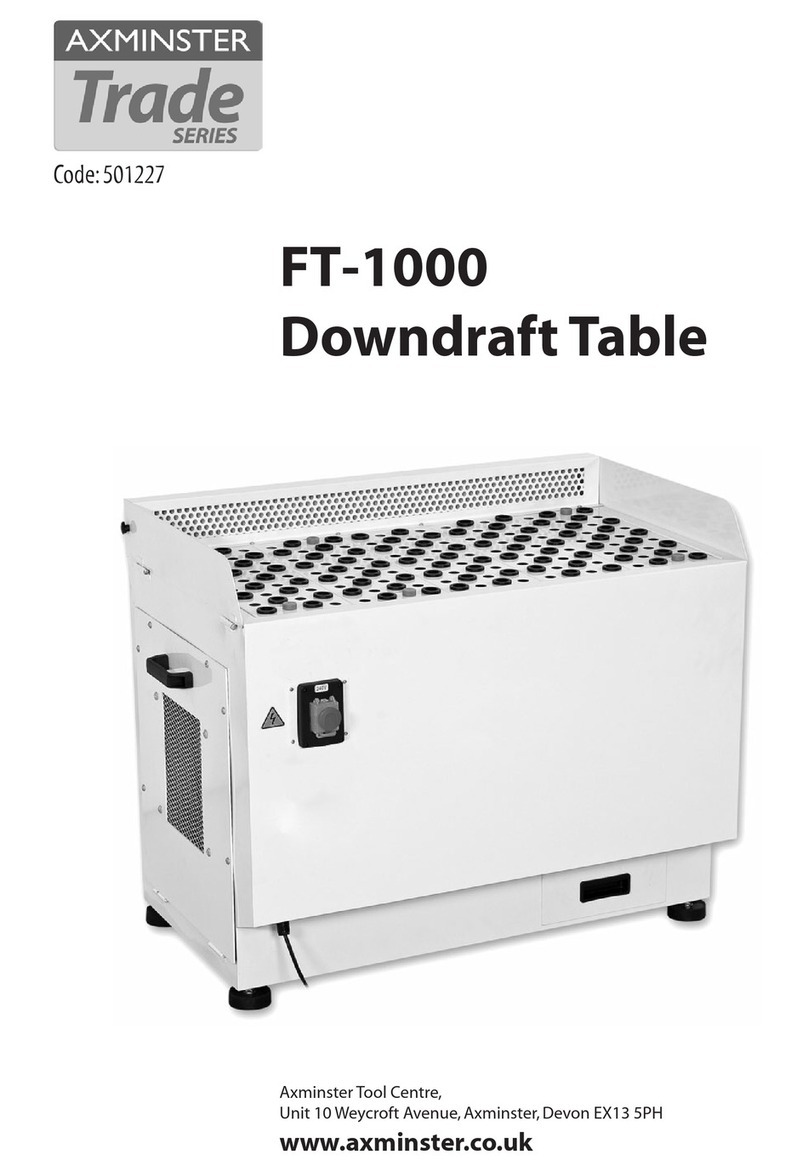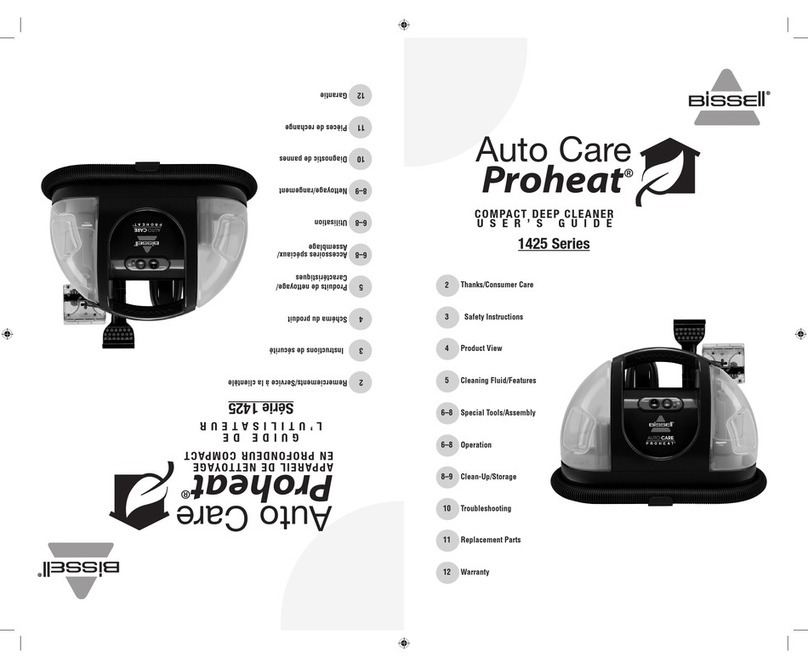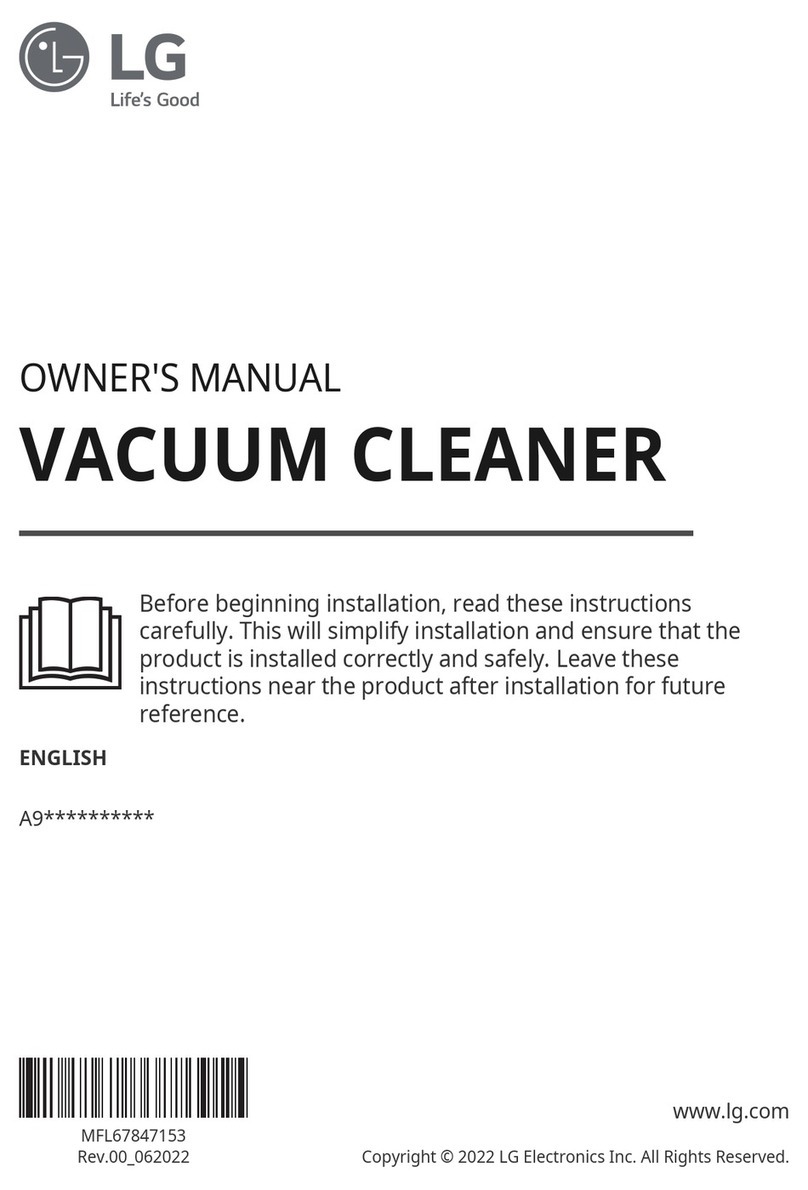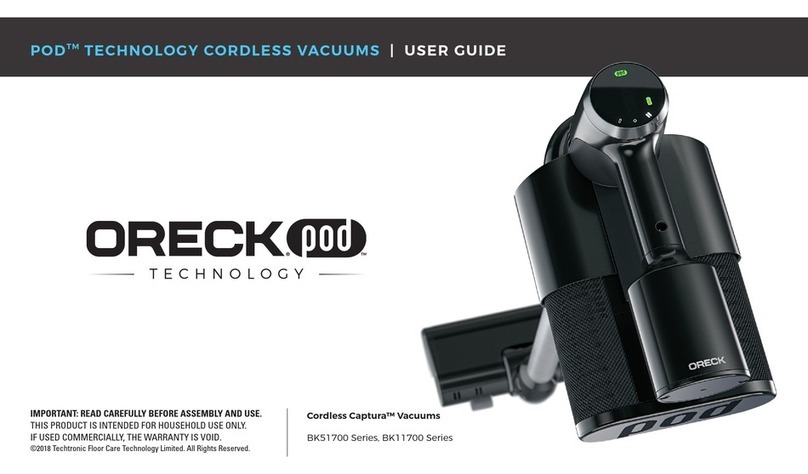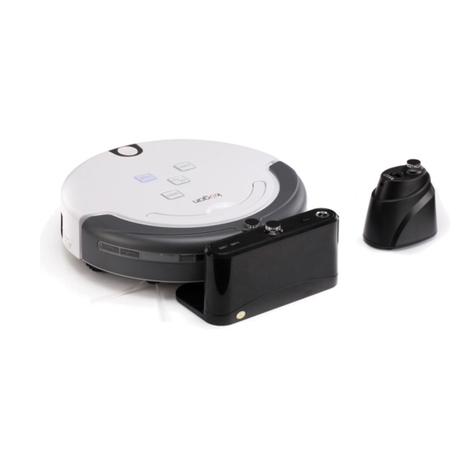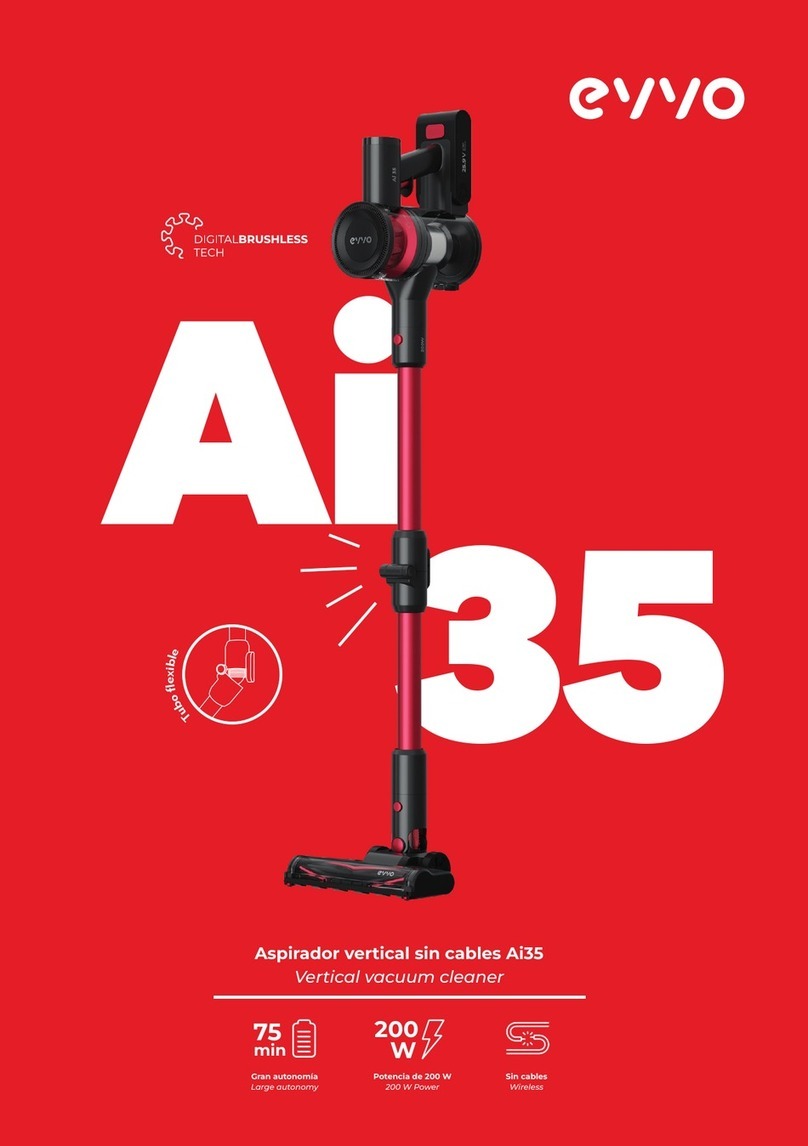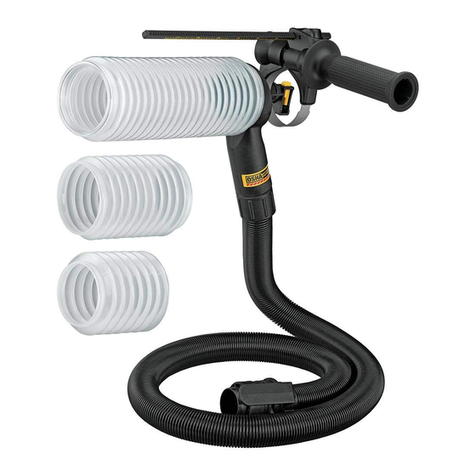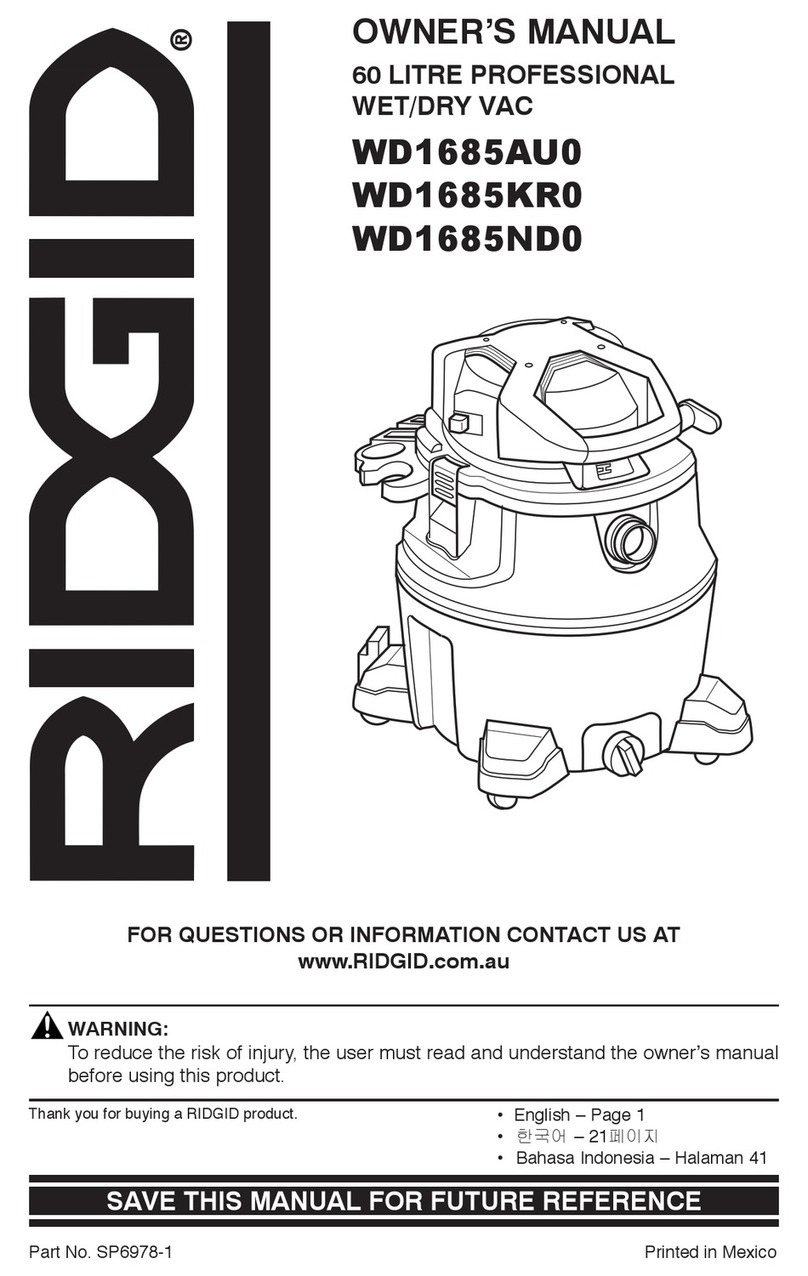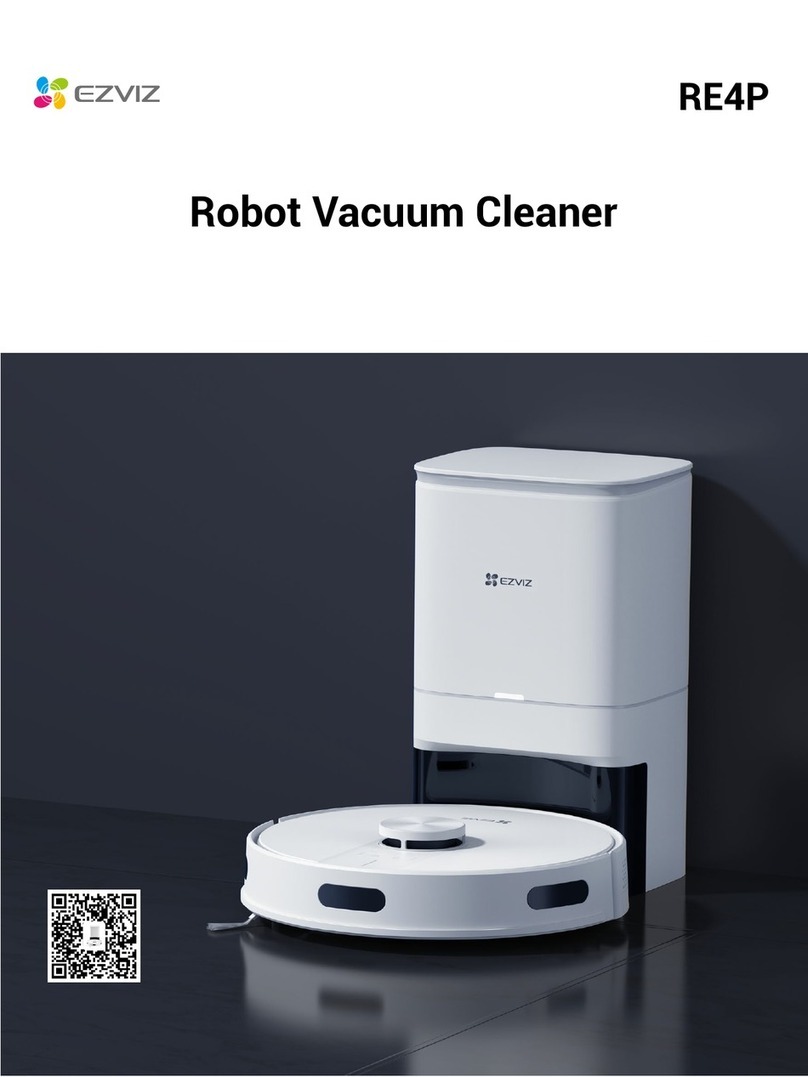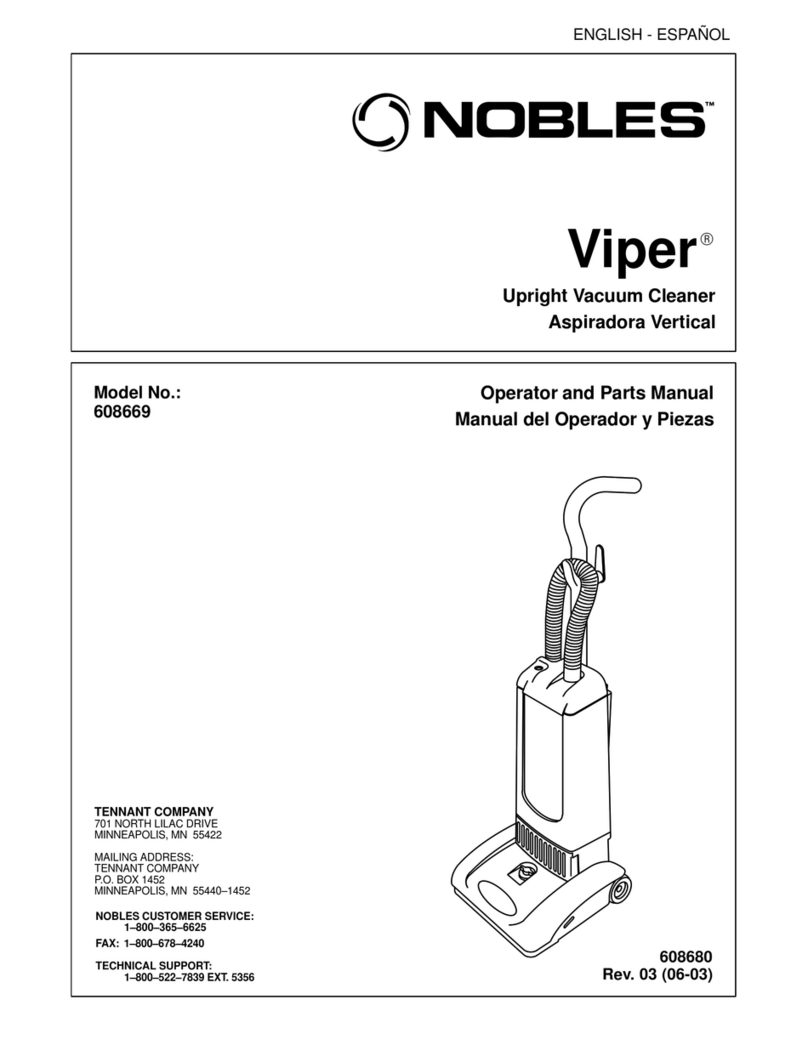General Instructions for 230V Machines
The following suggestions will enable you to observe good working practices, keep yourself and
fellow workers safe and maintain your tools and equipment in good working order.
Good Working Practices/Safety
Primary Precautions Mains Powered Tools and Machines
WARNING!!
!
KEEP TOOLS AND EQUIPMENT OUT
OF THE REACH OF YOUNG CHILDREN
These machines are supplied with a moulded 13 Amp. Plug and 3 core power cable. Before using the
machine inspect the cable and the plug to make sure that neither are damaged. If any damage is visible
have the damaged item inspected/repaired by a suitably qualified person. If it is necessary to replace the
plug, it is preferable to use an ‘unbreakable’ type that will most resist damage. Only use a 13 Amp plug, and
make sure the cable clamp is tightened securely. Fuse as required. If extension leads are to be used, carry
out the same safety checks on them, and ensure that they are correctly rated to safely supply the current
that is required for your machine. Remember, most machines or tools have handles or holding positions, the
power cable is not one of them.
The machine is not designed for use outside. Keep the machine clean; it will enable you to more easily see
any damage that may have occurred. Clean the machine with a damp soapy cloth if needs be, do not use
any solvents or cleaners, as these may cause damage to any plastic parts or to the electrical components.
Keep the work area as uncluttered as is practical, this includes personnel as well
as material. Under no circumstances should CHILDREN be allowed in work areas.
It is good practice to leave the machine unplugged until work is about to commence, also make sure to
unplug the machine when it is not in use, or unattended. To avoid inadvertent ‘start up’; if your machine is
not fitted with a NVR system, ensure the switch is always returned to the OFF position. Once you are ready
to commence work, remove any tools, objects or items that could inadvertently get ‘sucked up’ by the
machine (if any) and place safely out of the way.
Re-connect the machine, ensuring the power cable is not ‘snagged’ or routed where it could be tripped over
as you move about the workshop; it is not too close to an unguarded heat source, or is laid over or around
a sharp edge.
If the work you are carrying out is liable to generate flying grit, dust or chips, wear the appropriate safety
clothing, goggles, gloves, masks etc. If the work operation appears to be excessively noisy, wear
ear-defenders. If you wear your hair in a long style, wearing a cap, safety helmet, hairnet, even a sweatband,
will minimise the possibility of your hair being caught up in the rotating parts of the machine, likewise,
consideration should be given to the removal of rings and wristwatches if these are liable to be a ‘snag’
hazard. Consideration should also be given to non-slip footwear, etc.
DO NOT work with cutting or boring tools of any description if you are tired, your attention is
wandering or you are being subjected to distraction. A deep cut, a lost fingertip or worse; is not
worth it!
DO NOT use this machine within the designated safety areas of flammable liquid stores or in areas
where there may be volatile gases. There are very expensive, very specialised machines for working in
these areas, THIS IS NOT ONE OF THEM.Above all, OBSERVE…. make sure you know what is
happening around you, and USE YOUR COMMON SENSE.
Work Place/Environment.
04
